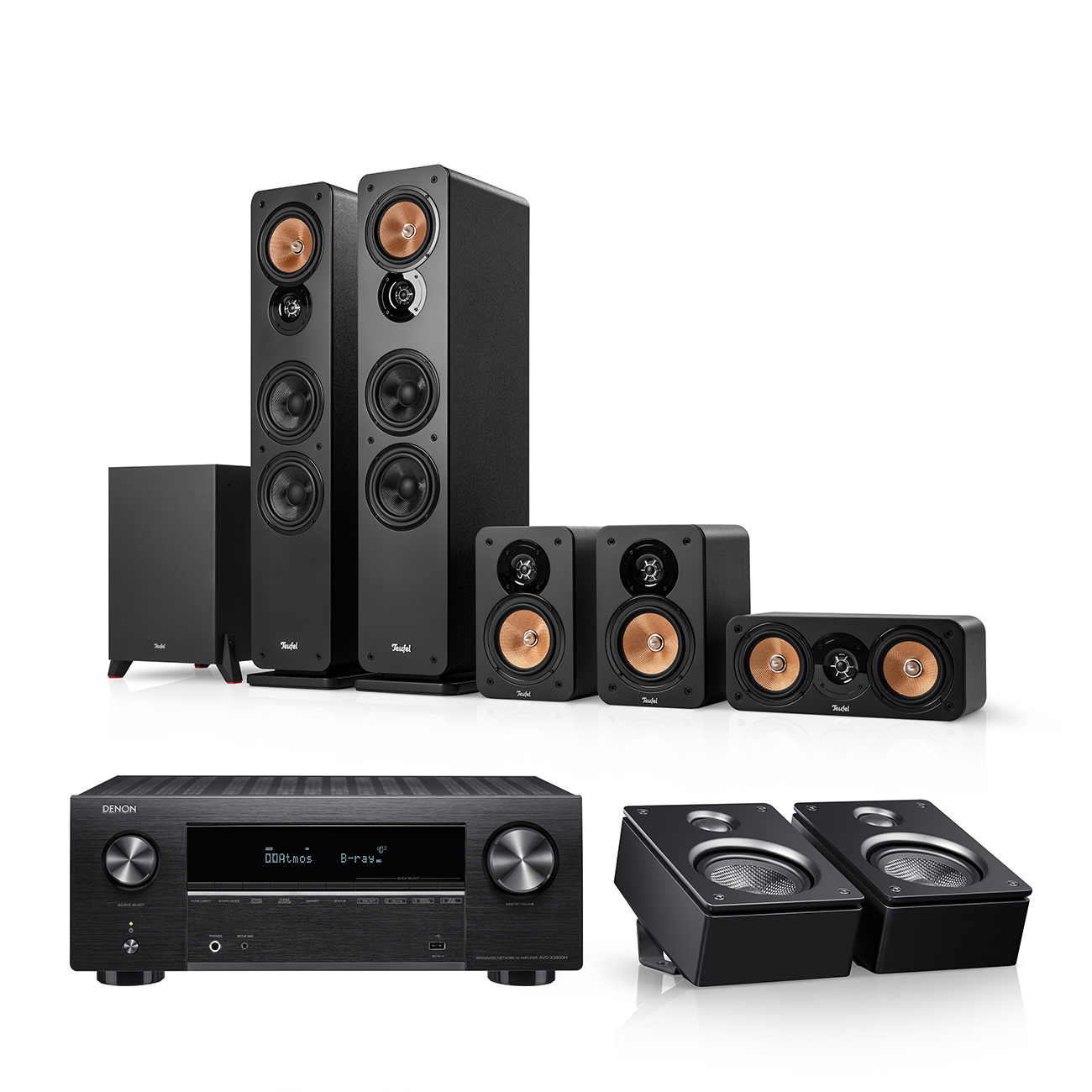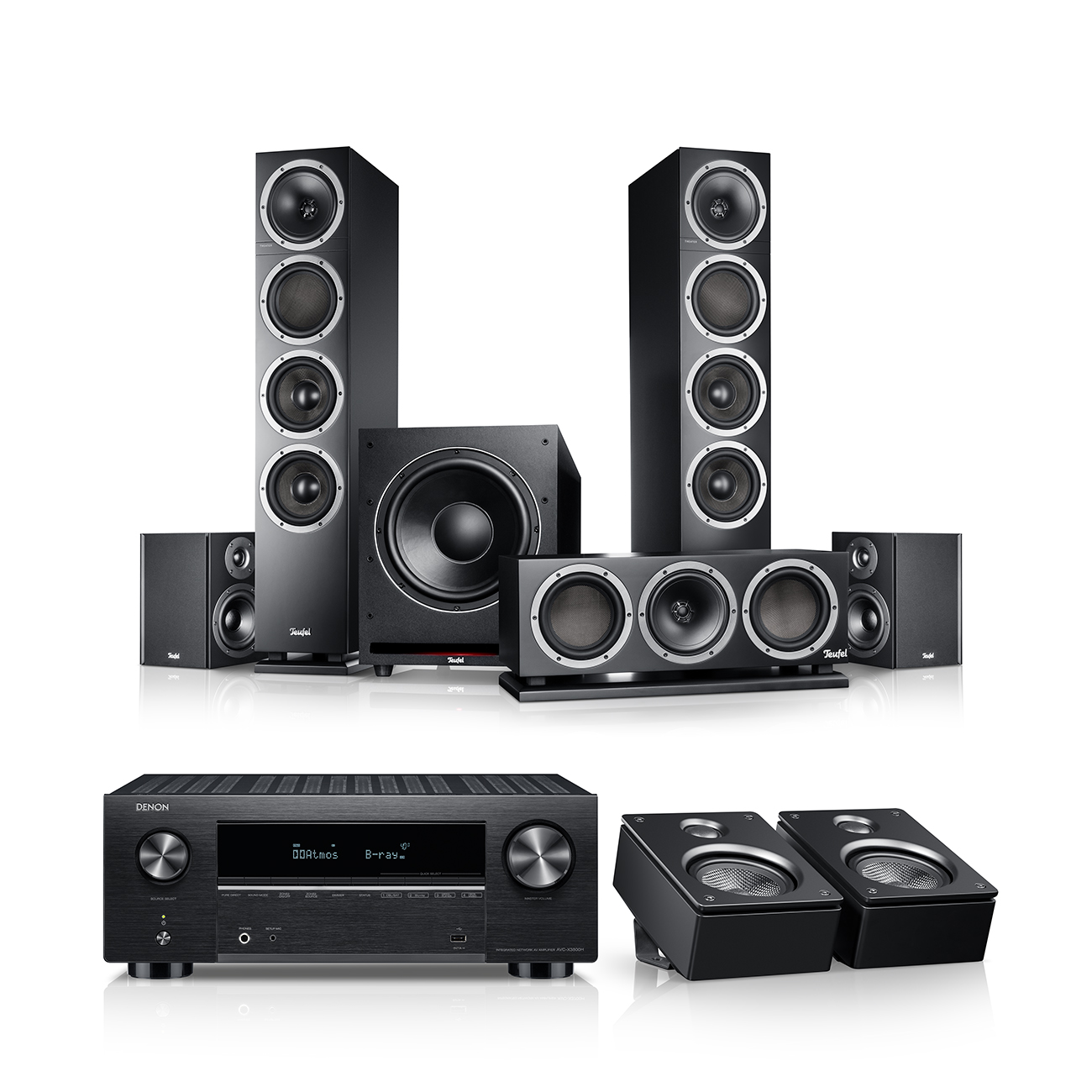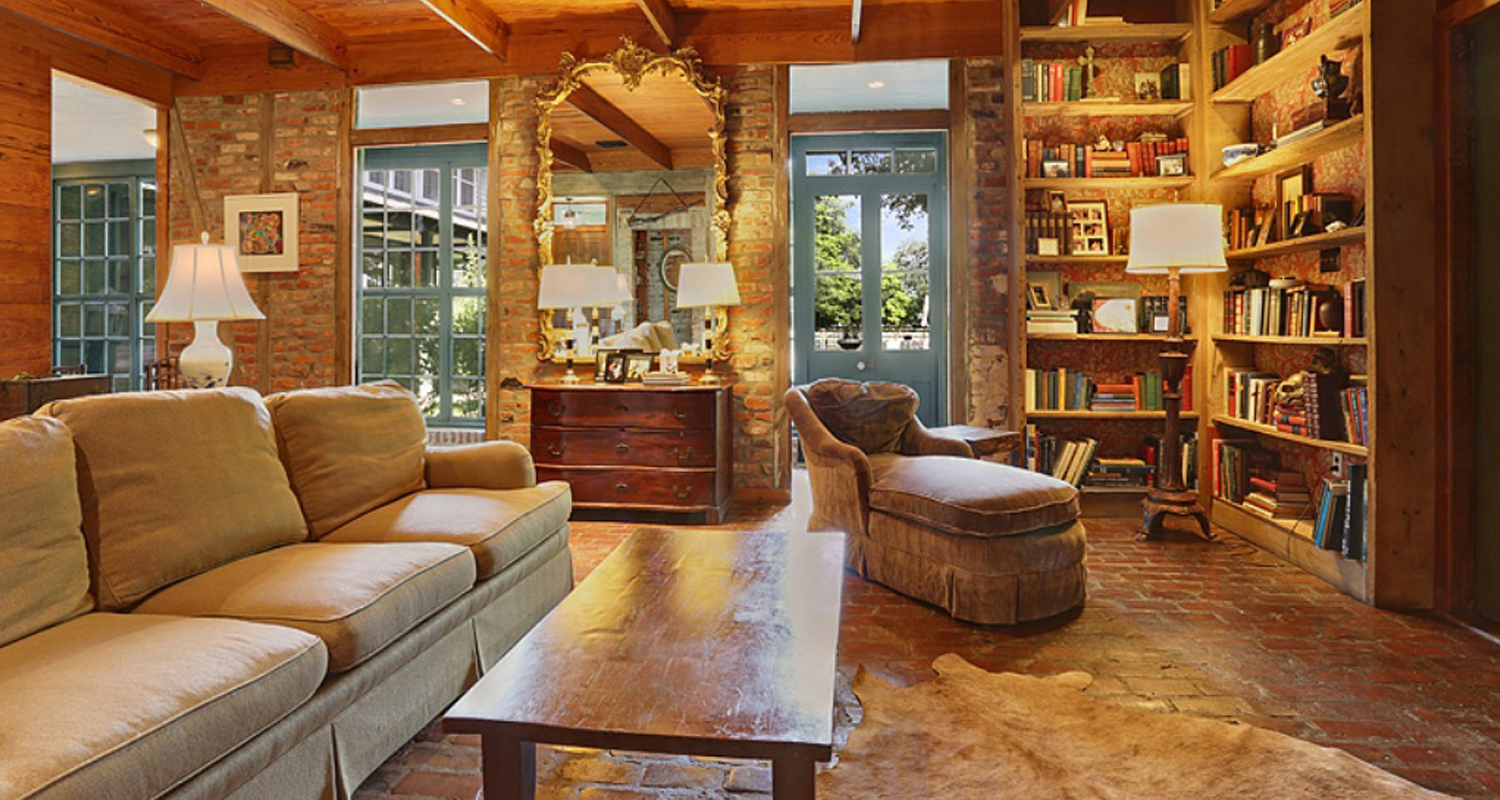On May 14th, we celebrate the birthday of one of the most outstanding and influential figures in Hollywood cinema – someone who also had a major impact on film sound technology. His movies have thrilled generations. There’s hardly anyone who can resist the charm of the space saga Star Wars or the adventures of Indiana Jones. Happy Birthday, Mr. George Lucas!

Accident as a teenager is the starting point for a global career
According to numerous biographies, George Walton Lucas, who grew up in rural Northern California, originally wanted to become a race car driver. Shortly before graduating from high school, however, he was involved in a serious car accident – a life-altering event that led him to rethink his path and ultimately opened the door to a career in the film industry.
The rest is film history – through the Star Wars films, George Lucas shaped cinema like few others ever have. His later collaboration with Steven Spielberg as director of Indiana Jones was an invaluable stroke of luck, as was his decades-long partnership with John Williams as film composer.
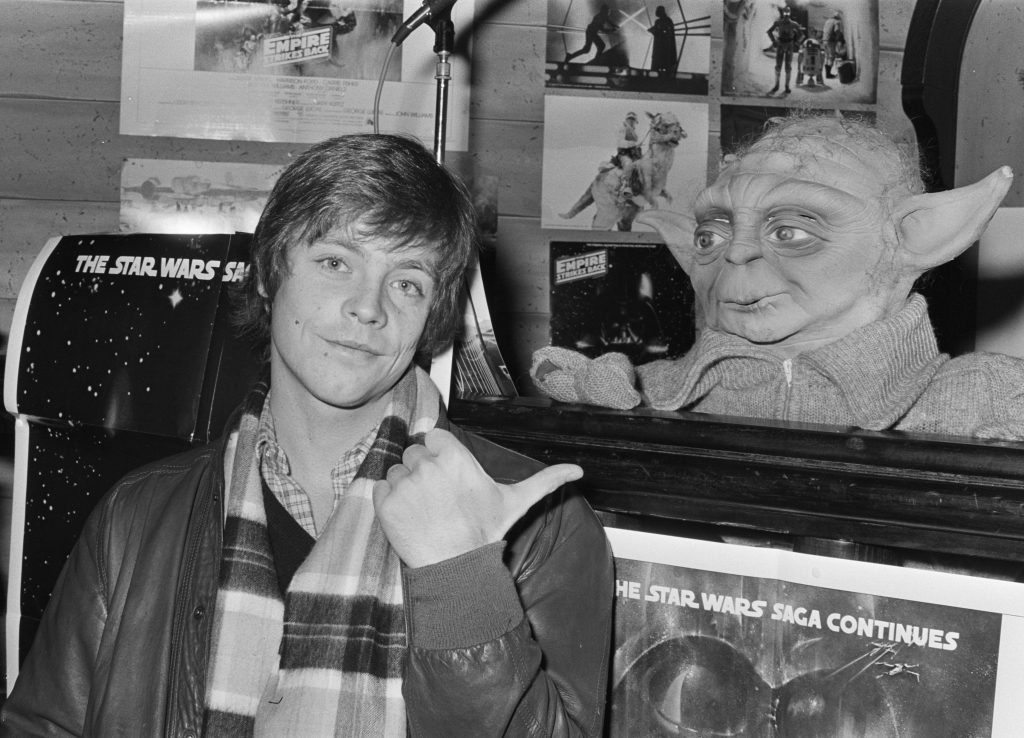
By the way, George Lucas also established a connection to Berlin early in his filmmaking career. Back in 1965, while still a student at the University of Southern California’s film school in Los Angeles, he created an experimental short film titled Freiheit (German for “freedom”). In it, a young man attempts to cross the Berlin Wall.
A stroke of luck for cinema sound technology
Slightly less well known is Lucas’s impact on cinema sound technology, though it’s no less significant. Until the early 1980s, theaters could more or less reproduce sound however they pleased. Standards were rarely followed, if they existed at all. This frustrated Tomlinson Holman, one of the sound engineers employed by George Lucas. The meticulously crafted audio effects, especially in Star Wars, varied from theater to theater and often failed to sound truly convincing.
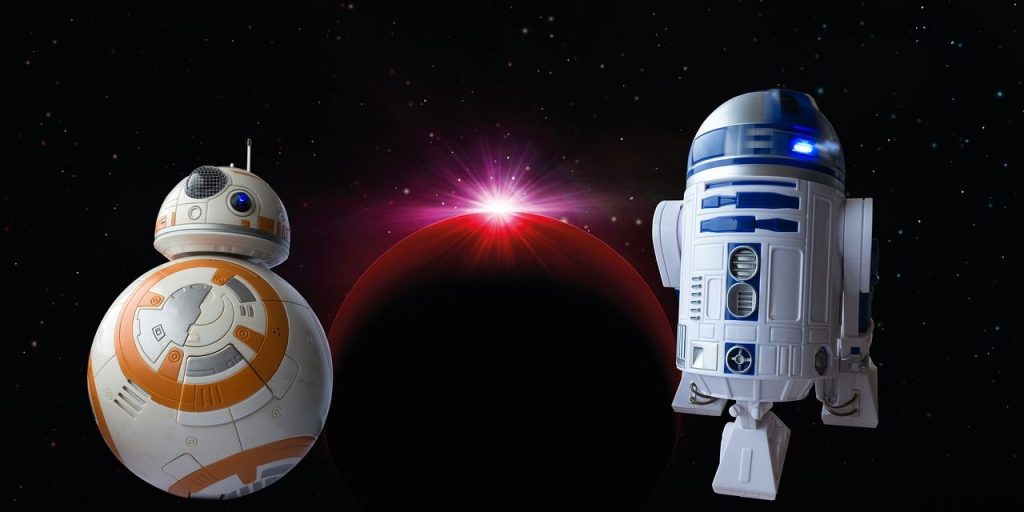
To standardize sound in theaters and ensure that film audio during screenings matched what was intended in the sound studios, Holman devised the first set of standards. These not only addressed playback technology requirements but also included conditions for the physical spaces such as limiting background noise from air conditioning systems.
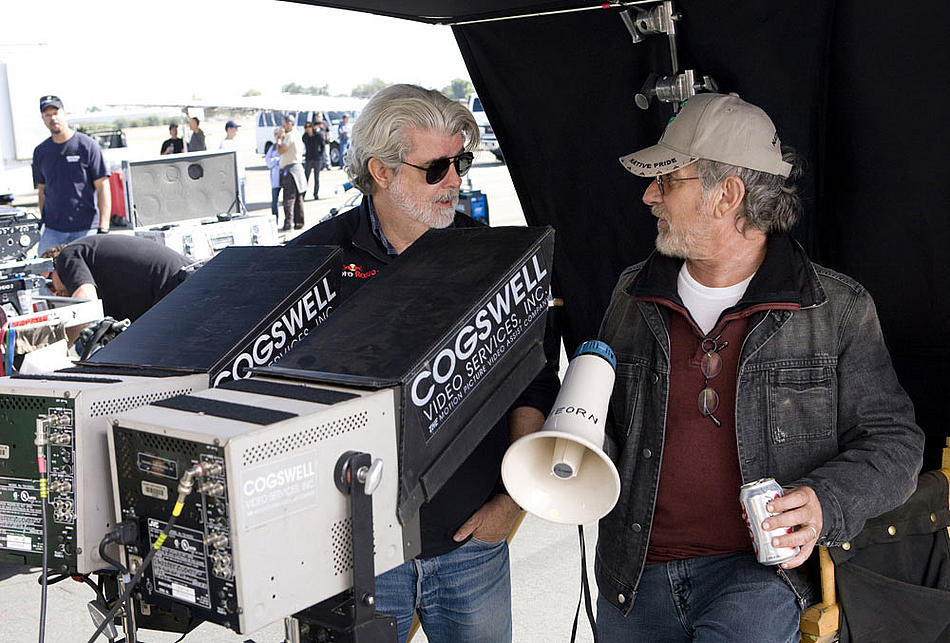
Building on this standardization, the next step was the technical implementation in post-production studios, leading to the development of a speaker arrangement for movie theaters that remains in use to this day. This setup became known as the THX Sound System. According to most sources, the somewhat cryptic abbreviation THX stands for “Tomlinson Holman Experiment.” The name also inspired the 1983-founded company THX Ltd., which awarded coveted certifications to cinemas that equipped or renovated their theaters according to these specificationsOpens in new tab.
More home theater from Teufel
THX – also of great importance for Teufel
With the rise of home theater systems, THX Ltd. followed suit by defining strict standards for home cinema sound. The criteria a home theater system must meet to earn certification can be found on the information page for THX systems in the Teufel webshopOpens in new tab.
From the very beginning, Teufel speakers embraced the demanding requirements of these technically advanced systems and developed home theater setups according to THX specifications. Afterwards, the home theaters were sent to California for inspection and were successfully certified by THX Ltd.
Several systems followed, and the high-quality sound was quickly appreciated by many customers. Today, Teufel is Europe’s largest provider of THX-certified home theater systems. The success story continues to this day, for example, with the Teufel System 4 THXOpens in new tab, which delivers THX sound even in smaller rooms.
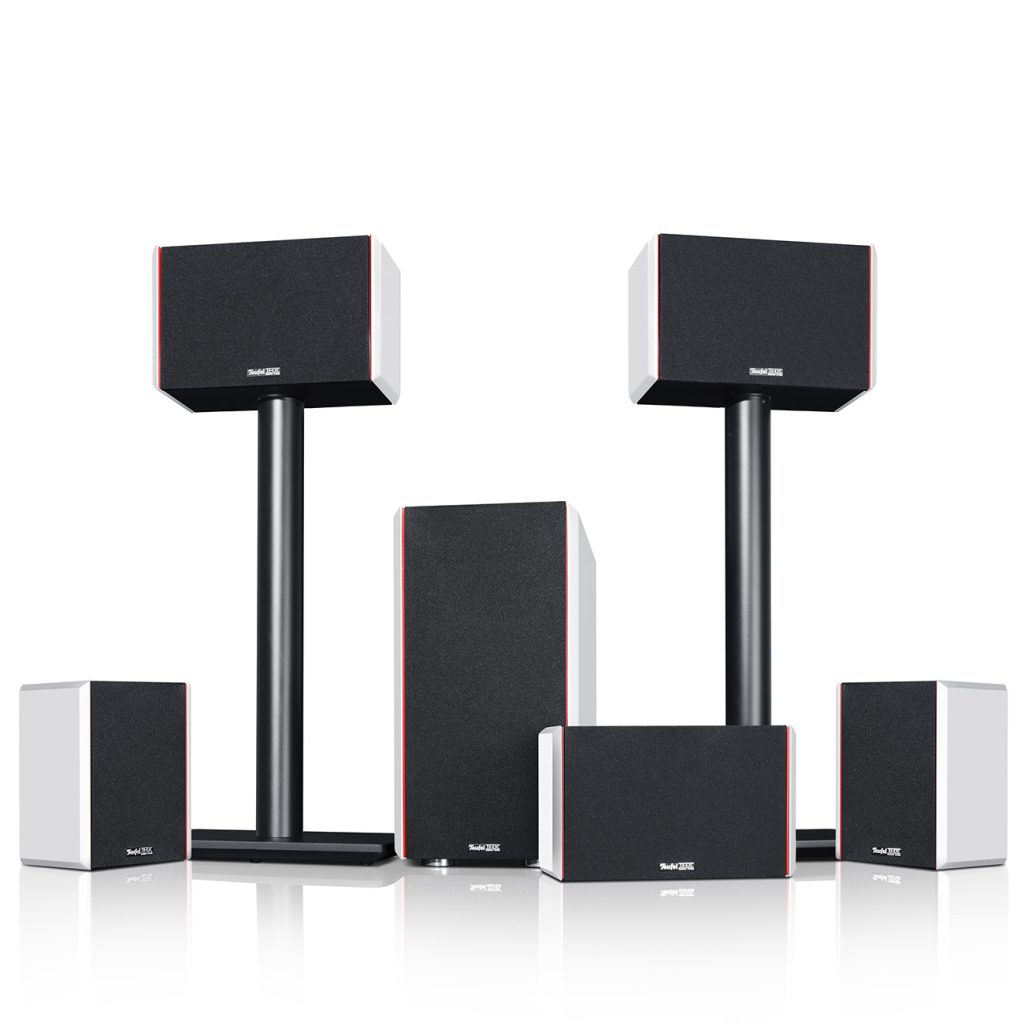 Opens in new tab
Opens in new tab- Cover image credit: raytwist35 on flickr.com

